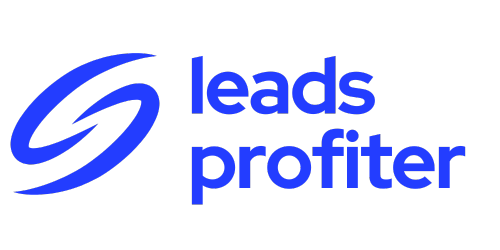Definition
A Conversion Path is the step-by-step journey a potential customer takes on a website, leading them from initial interaction to completing a desired action, such as filling out a form, signing up for a newsletter, or making a purchase. This path typically includes content offers, calls-to-action (CTAs), landing pages, and thank-you pages, all strategically designed to guide the visitor toward conversion.
Importance in Lead Generation
A well-optimized conversion path is critical for turning website visitors into qualified leads. It creates a seamless user experience and encourages engagement by providing value at each step. Without a clear and engaging conversion path, potential leads may lose interest or leave the website without taking action.
Key Components of a Conversion Path
- Call-to-Action (CTA): A visually compelling button or link that encourages users to take the next step (e.g., “Download Now” or “Get a Free Quote”).
- Landing Page: A dedicated page where visitors arrive after clicking a CTA, designed to capture lead information through forms.
- Content Offer: Valuable resources like eBooks, webinars, or free trials that entice users to provide their contact details.
- Thank-You Page: A confirmation page that acknowledges the conversion and often provides additional resources to keep the lead engaged.
Best Practices for Building an Effective Conversion Path
- Create Clear and Compelling CTAs: Use action-oriented language and design to draw attention and motivate clicks.
- Align Content with Buyer’s Journey: Offer content that matches the visitor’s stage in the sales funnel (awareness, consideration, decision).
- Simplify Forms: Only request essential information to reduce friction and encourage more conversions.
- Optimize for Mobile Devices: Ensure the entire conversion path is mobile-friendly for users on smartphones and tablets.
- A/B Testing: Continuously test different elements like CTA designs, form fields, and headlines to improve performance.
Example of a Conversion Path
- A visitor sees a blog post about digital marketing strategies.
- A CTA at the end of the post invites them to download a free eBook on advanced marketing techniques.
- The visitor clicks the CTA and lands on a form-filled landing page.
- After submitting the form, they are redirected to a thank-you page with a download link and suggestions for related content.
Conclusion
An optimized conversion path is essential for maximizing lead generation efforts. By carefully designing each step, businesses can guide visitors smoothly toward becoming high-quality leads and eventually paying customers.








